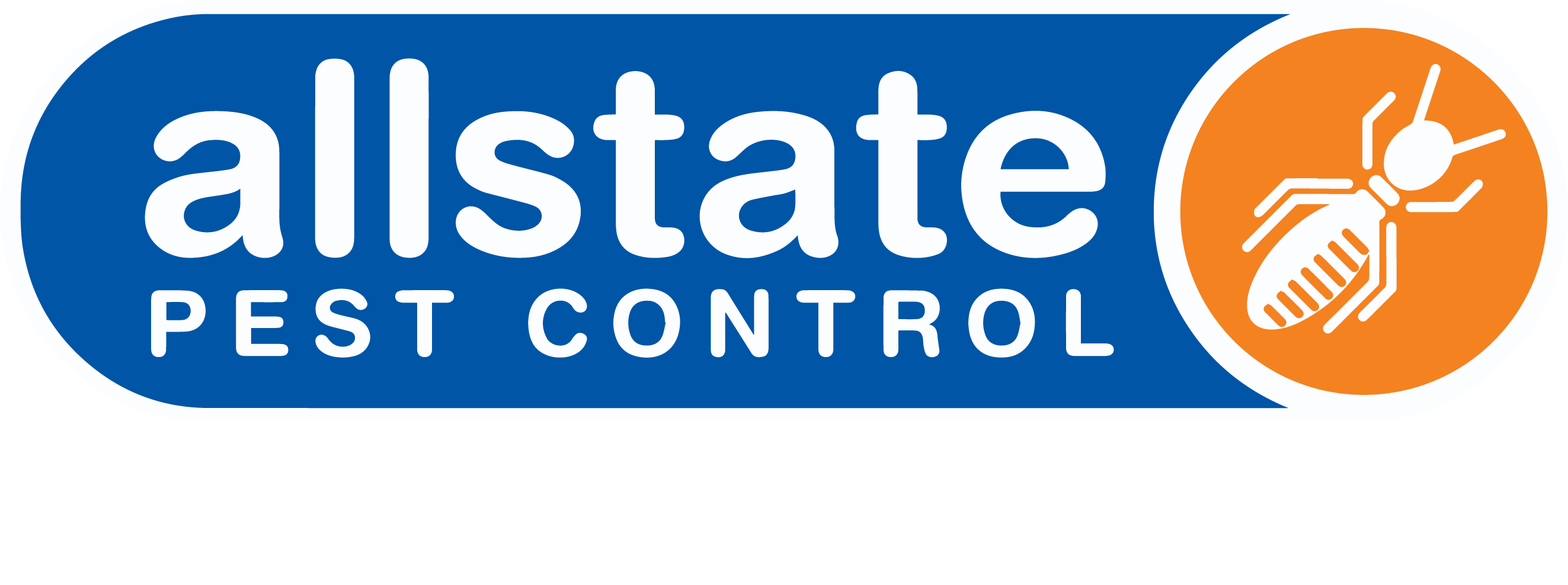Drywood termites are a species of destructive termites that feed on structural wood and live entirely within timber without requiring contact with the soil. These pests, including the West Indian dry wood termite (Cryptotermes brevis), are known for their ability to cause significant damage to wooden furniture, floorboards, and buildings by forming extensive nests inside infested timber.
Drywood termites are distinguished by their drywood habitat preference and relatively smaller colony size than subterranean termites. The colonies, often initiated by winged termites, thrive in coastal areas and adjacent tablelands, establishing themselves in living trees, stumps, and other wooden structures.
For expert advice on termite prevention, visit All State Pest Control.
Characteristics of Drywood Termites: Lifecycle, Behaviour, and Habitat
The lifecycle of drywood termites includes three main stages: egg, nymph, and adult. The queen lays eggs that hatch into workers, soldiers, or reproductive termites. These termites rely on dry wood as their only food source and can remain hidden within the structure of their nests for years. In the early stages of a colony, their presence is often missed due to a lack of visible signs.
The first signs of a drywood termite infestation include:
- Frass: Small pieces resembling sawdust found near the timber.
- Hollow-sounding wood: Damage to floorboards or furniture when tapped.
- Tunnels and piles of frass: Evidence of termite activity inside timber.
Drywood termites exhibit unique behaviours, such as consuming structural wood without leaving external traces, making their infestations harder to detect than subterranean termites, which rely on soil contact for survival.
Drywood termites thrive in dry wood habitats, favouring furniture, timber structures, and living trees. They are commonly found in coastal areas and can be easily transported via infested wooden items, leading to new colonies in unaffected regions.
Adelaide’s Environment: Can Drywood Termites Survive?
Yes, drywood termites, including Cryptotermes brevis, can survive in Adelaide due to its climate and urban development. The region’s hot summers and mild winters provide suitable conditions for these pests, especially in buildings with poor ventilation or untreated wood.
Termites flourish in coastal areas and adjacent tablelands as these regions offer moisture and timber structures conducive to their spread. Drywood termites have shown remarkable adaptability, infesting furniture, stumps, and even living trees.
Impact of Drywood Termites: Damage to Properties in Adelaide
Structural Damage
Drywood termites cause significant damage to Adelaide properties by burrowing into timber, creating tunnels that weaken structural wood. This destruction often impacts floorboards, wooden furniture, and buildings, with the pests spreading rapidly once established.
Financial Costs
Adelaide homeowners may face repair costs exceeding $10,000 for severe infestations, especially when unchecked. The economic impact extends to businesses where infested timber can compromise operations and lead to lost revenue.
Eco-Friendly Solutions by All State Pest Control
All State Pest Control offers eco-friendly termite treatments designed to prevente drywood termites without harming the environment. Their methods include chemical-free solutions, non-toxic treatments, and safe green pest control measures for children and pets.
Why Choose All State Pest Control?
- Expertise in managing drywood termite infestations.
- Child-safe and environmentally friendly options.
- Customised treatments for Adelaide homes and businesses.
For sustainable termite control, trust the experts at All State Pest Control.
Prevention Tips for Homeowners and Businesses
To reduce the risk of a drywood termite infestation:
- Inspect and seal cracks in walls, windows, and timber structures.
- Regular inspections should be conducted for the first signs of termite activity.
- Treat wood with protective solutions to deter pests.
- Store timber and firewood away from living areas.
- Ensure proper ventilation to minimise moisture in wooden areas.
Implementing these measures protects your property from costly infestations.
Don’t delay your termite inspection, speak to our expert team
 or
or
Conclusion
Drywood termites are a serious threat to Adelaide properties, causing significant damage to timber structures, wooden furniture, and floorboards. These pests, including the West Indian drywood termite (Cryptotermes brevis), thrive in dry wood habitats, leaving piles of frass, hollow wood, and extensive tunnels as signs of infestation.
Don’t wait until the first signs of infestation turn into costly repairs. Contact All State Pest Control for expert advice and comprehensive solutions. Whether you need an inspection, treatment, or long-term prevention strategy, they are your trusted partner in termite control.
Frequently Asked Questions
What are drywood termite signs infestation in Adelaide?
Frass, hollow wood, and visible tunnels indicate a possible infestation.
How does Adelaide’s climate affect termite activity?
The hot summers and mild winters enable termite colonies to thrive.
Can drywood termites cause significant damage to Adelaide properties?
Yes, they can undermine structures, causing significant damage and financial losses.
What eco-friendly termite treatments are available in Adelaide?
Non-toxic options like green pest control and chemical-free treatments.
How can I prevent drywood termites from infesting my home?
Seal cracks, inspect timber, and treat wood to deter infestations.
